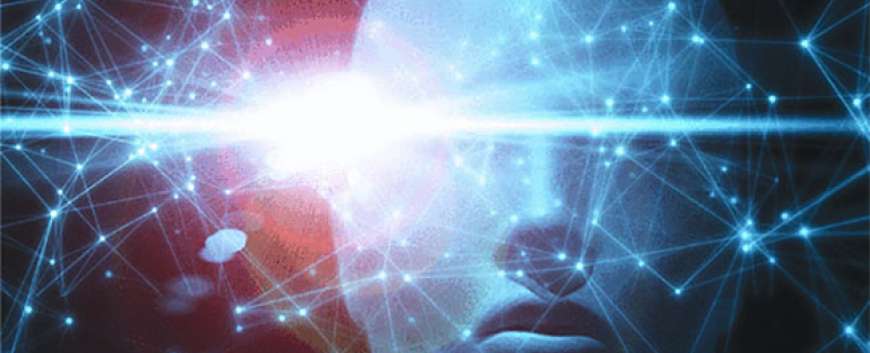Unsupervised Deep Learning Methods for Biological Image Reconstruction and Enhancement: An overview from a signal processing perspective
Top Reasons to Join SPS Today!
1. IEEE Signal Processing Magazine
2. Signal Processing Digital Library*
3. Inside Signal Processing Newsletter
4. SPS Resource Center
5. Career advancement & recognition
6. Discounts on conferences and publications
7. Professional networking
8. Communities for students, young professionals, and women
9. Volunteer opportunities
10. Coming soon! PDH/CEU credits
Click here to learn more.
Unsupervised Deep Learning Methods for Biological Image Reconstruction and Enhancement: An overview from a signal processing perspective
A window function is a mathematical function that is zero valued outside some chosen interval [1] , [2] . For applications like filtering, detection, and estimation, the window functions take the form of limited time functions, which are in general real and even functions [3] , [4] , while for applications like beamforming and image processing, they are limited spatial functions. A spatial window can be a complex function for optimizing the beams in magnitude as well as in phase, as in the case of certain antenna arrays, where the phasor currents in the array are complex numbers [5] . The windows for filtering applications are broadly categorized into two types based on their usage: the ones designed for suppression of cochannel interference and the ones for suppressing the far-off harmonic components [2] , [3] , [6] . Some of the recent window functions picked from the exhaustive literature are generalized normal windows, confined Gaussian windows, hyperbolic cosine windows, polynomial windows, cosine windows with coefficient optimization, and sine windows [7] – [12].
A window function is a mathematical function that is zero valued outside some chosen interval [1], [2]. For applications like filtering, detection, and estimation, the window functions take the form of limited time functions, which are in general real and even functions [3], [4], while for applications like beamforming and image processing, they are limited spatial functions. A spatial window can be a complex function for optimizing the beams in magnitude as well as in phase, as in the case of certain antenna arrays, where the phasor currents in the array are complex numbers [5]. The windows for filtering applications are broadly categorized into two types based on their usage: the ones designed for suppression of cochannel interference and the ones for suppressing the far-off harmonic components [2], [3], [6]. Some of the recent window functions picked from the exhaustive literature are generalized normal windows, confined Gaussian windows, hyperbolic cosine windows, polynomial windows, cosine windows with coefficient optimization, and sine windows [7]–[8][9][10][11][12].
The signals coming out of a mixer stage in a communication receiver contain several undesired harmonic frequency components along with the desired frequency components. The undesired signals tend to deteriorate the signal-to-noise ratio (SNR) and introduce significant signal distortion at the next stage. Filters designed using fast-decaying windows can greatly suppress these undesired harmonic components and thereby facilitate an improved SNR and a reduction in signal distortion.
SPS Social Media
- IEEE SPS Facebook Page https://www.facebook.com/ieeeSPS
- IEEE SPS X Page https://x.com/IEEEsps
- IEEE SPS Instagram Page https://www.instagram.com/ieeesps/?hl=en
- IEEE SPS LinkedIn Page https://www.linkedin.com/company/ieeesps/
- IEEE SPS YouTube Channel https://www.youtube.com/ieeeSPS














